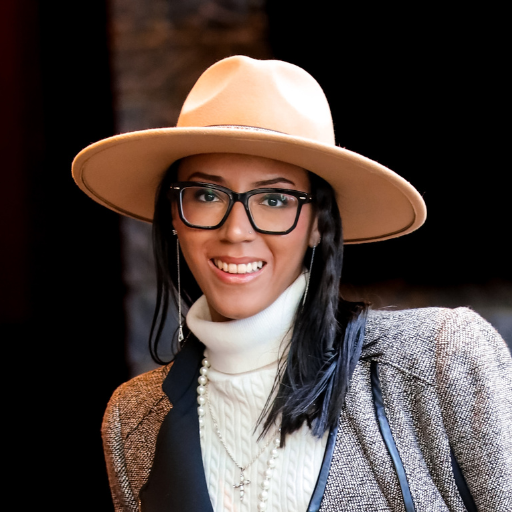Most people think Christmas is the most magical time of year, but in my opinion, nothing rivals the beauty of cherry blossoms in Washington, D.C. From March to April, shades of pink blanket the nation’s capital, signaling the arrival of spring. In this post, I’ll share some facts about cherry blossoms and places in the DC area where you can see them.
Types of Cherry Blossoms in Washington, D.C.
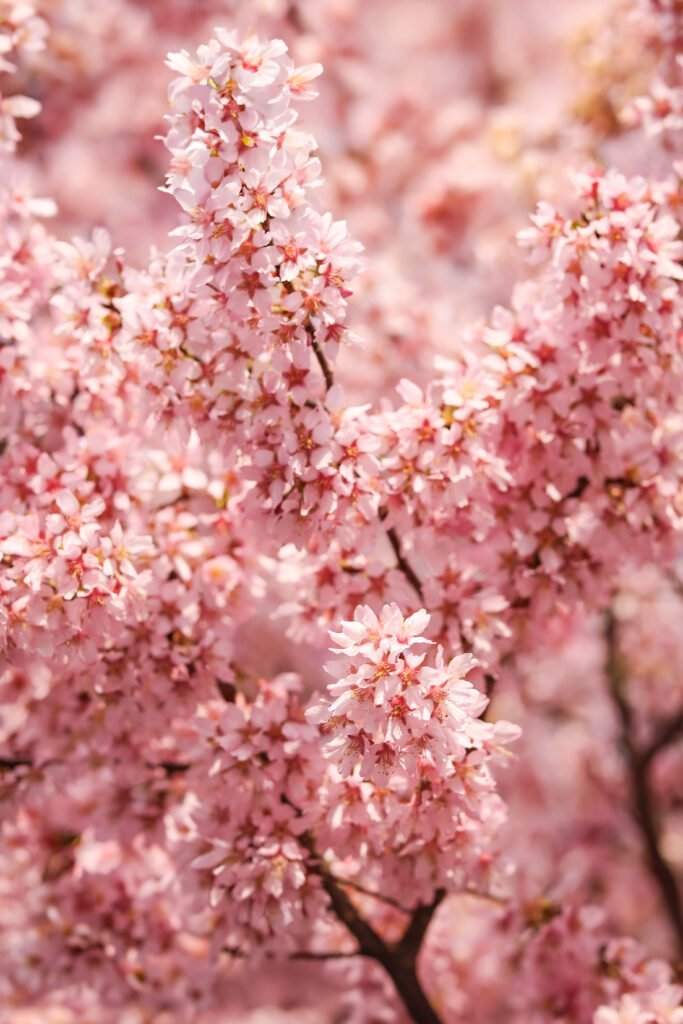
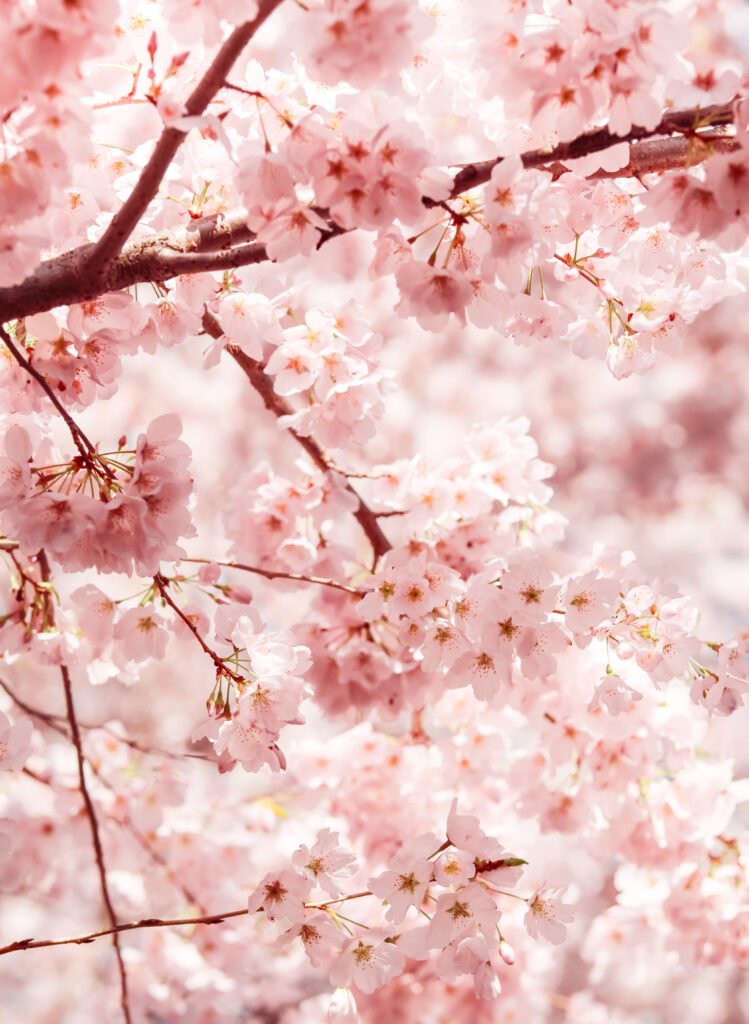
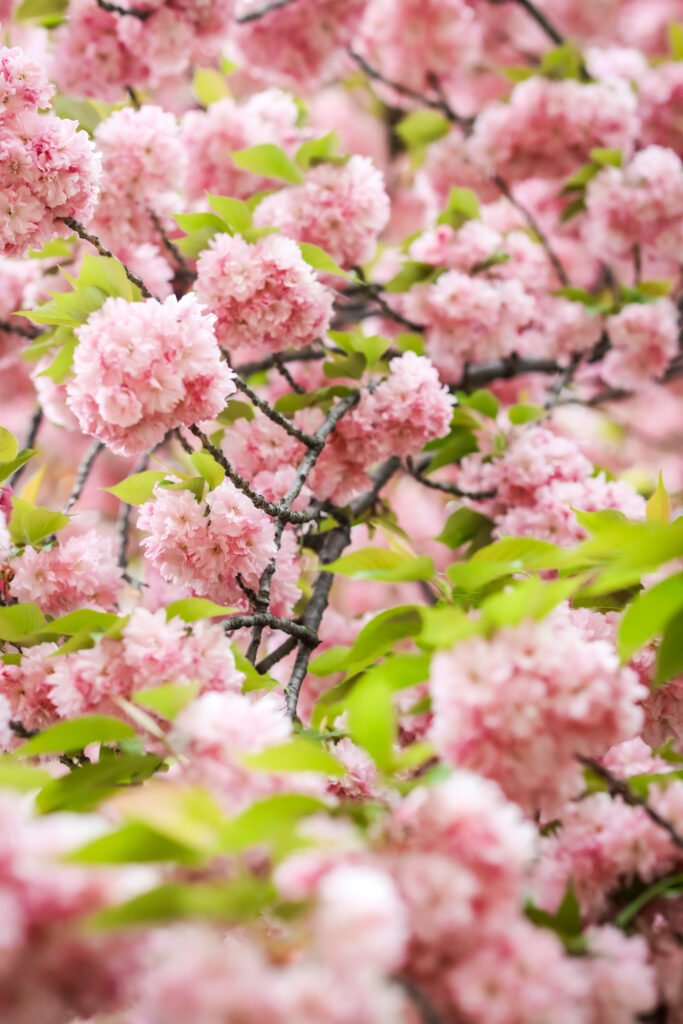
The DC area has three different types of cherry blossoms: Okame, Yoshino, and Kwanzan cherries. Okame cherry trees are the first to bloom in the DC area, with flowers appearing between late February and mid March. These cherries usually bloom for 10 to 14 days and can be spotted at The United States Supreme Court, The Washington National Cathedral, Congressional Cemetery, Moongate Garden, The U.S. National Arboretum, The Gardens at Dumbarton Oaks, and Long Bridge Park.
Next up, we have the Yoshino cherries. These cherry trees are the most iconic in Washington, D.C., originally gifted by Japan to the United States in 1912 as a symbol of friendship. Yoshino cherries are located throughout the DMV but are primarily located at Tidal Basin. They are light pink in color and start blooming from late March to early April. Yoshino cherries are short lived and usually last about 4-7 days depending on temperature and weather. Besides Tidal Basin, you can catch the Yoshino cherry trees at The U.S. National Arboretum, Hains Point, and The Basilica of the National Shrine of the Immaculate Conception.
If you aren’t able to catch the Yoshino cherries, no need to worry. Kwanzan cherries bloom a few weeks after Yoshino, usually in mid to late April. I actually like the Kwanzan cherries better than both the Yoshino and Okame cherries because they’re pinker and fluffier. In addition to that, they often miss peak cherry blossom festival crowds in DC due to their later bloom dates and can offer a more relaxed cherry blossom viewing experience. These cherries typically bloom for up to 2 weeks, which is longer than the bloom periods for Okame and Yoshino. Kwanzan cherries can be spotted at Congressional Cemetery, Hains Point, and in Georgetown.
Peak bloom occurs when approximately 70% of the blossoms have opened, however the timing depends heavily on weather conditions. To see updates on the Yoshino cherry blossoms on Tidal Basin, visit Bloom Watch and Bloom Cam.
Tidal Basin
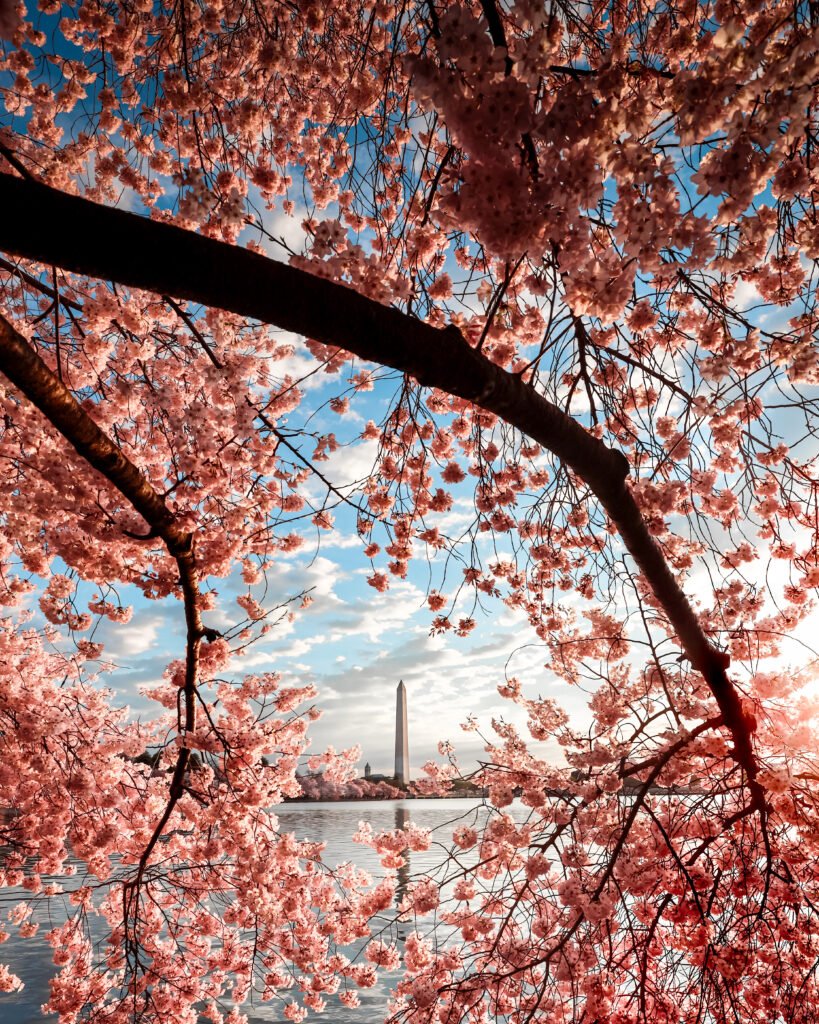
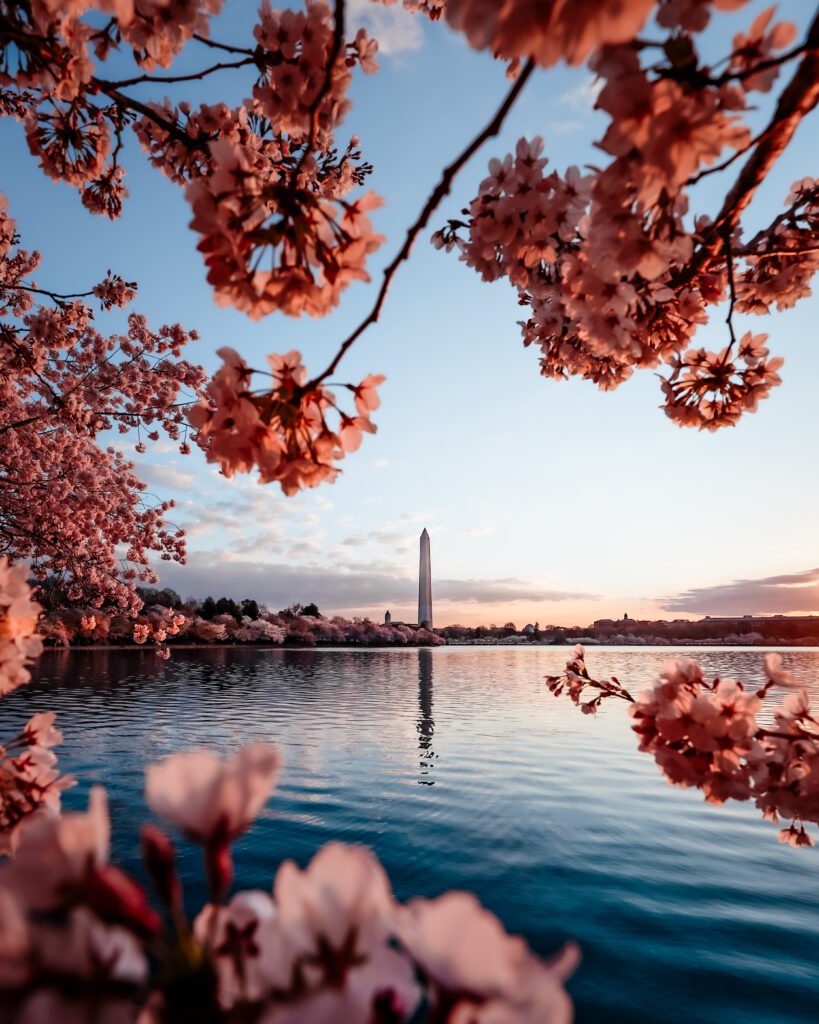
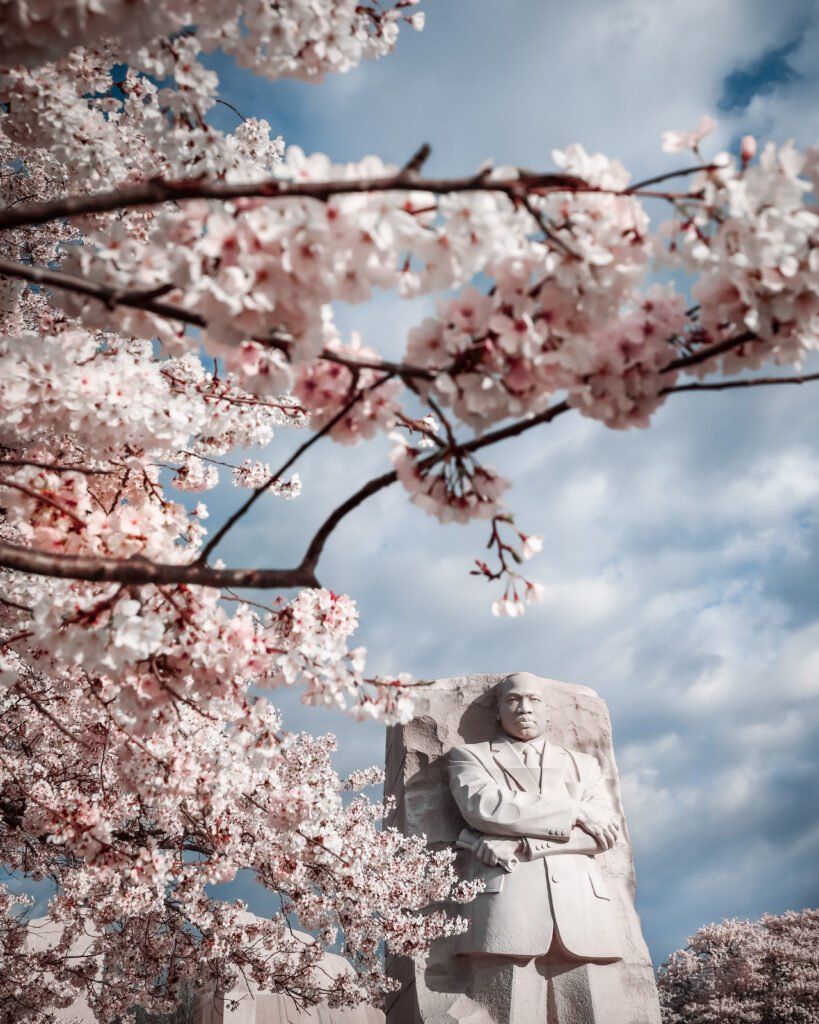
Located in the heart of Washington, D.C., Tidal Basin is a man-made body of water built in the late 19th century. It’s surrounded by some of the most iconic landmarks, including the Jefferson Memorial, Martin Luther King Jr. Memorial, and the Franklin Delano Roosevelt Memorial. The Basin is best known for the cherry blossoms, which was gifted by Japan in 1912 as a symbol of friendship. Despite their brief bloom, they primarily represent new beginnings, hope, and rebirth.
Congressional Cemetery
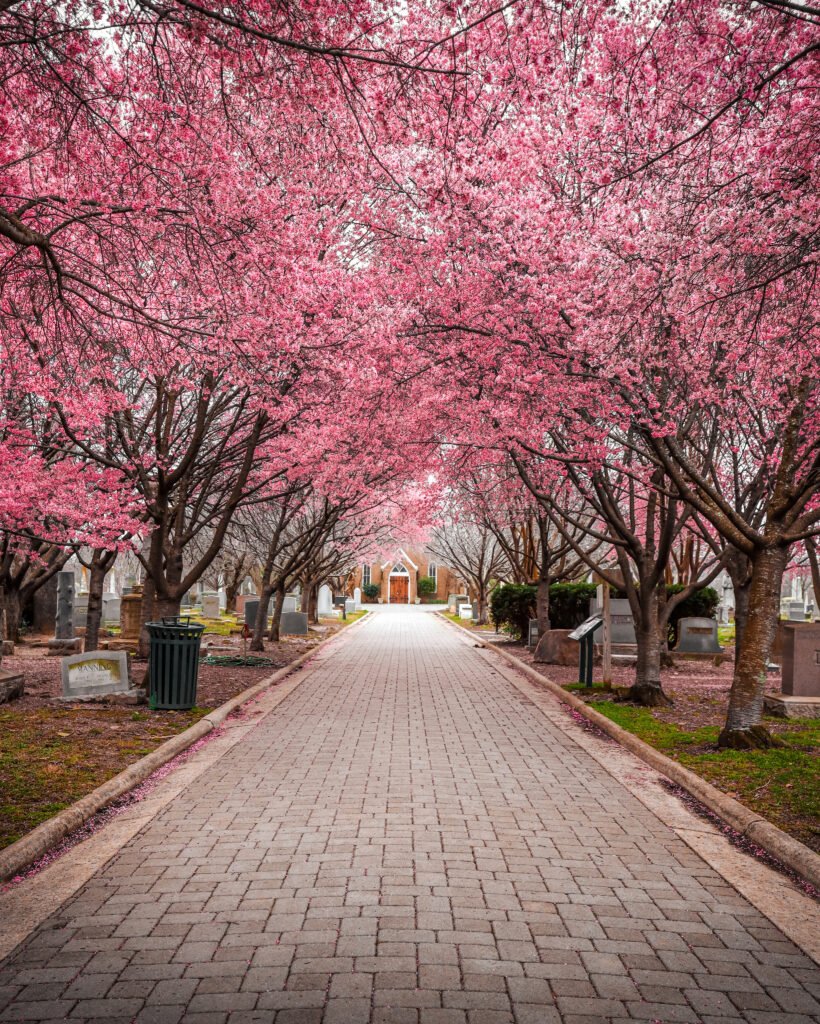
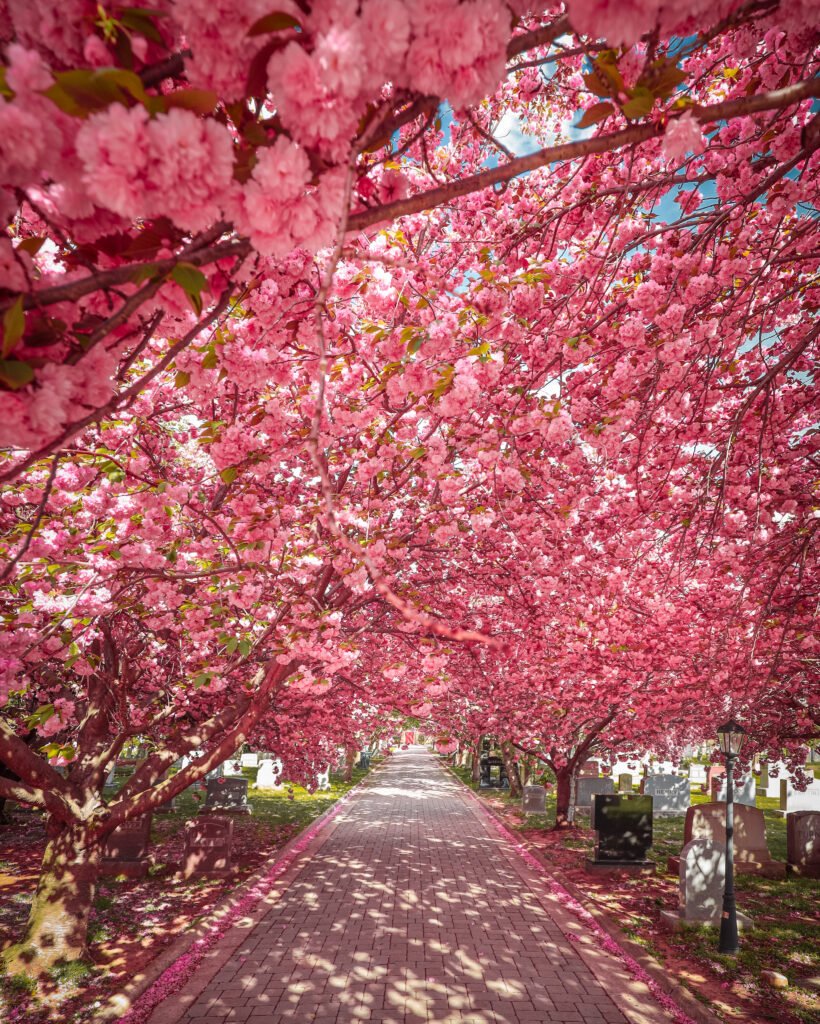
Located in Southeast Washington, D.C, Congressional Cemetery is a historic burial ground dating back to 1807. It was originally created as a final resting place for early members of Congress, however it became a popular burial site for well known Washingtonians such as politicians and military leaders. Over time, this Historical Landmark has evolved into an active community that hosts events such as 5k races, walking tours, and educational events.
The United States Supreme Court
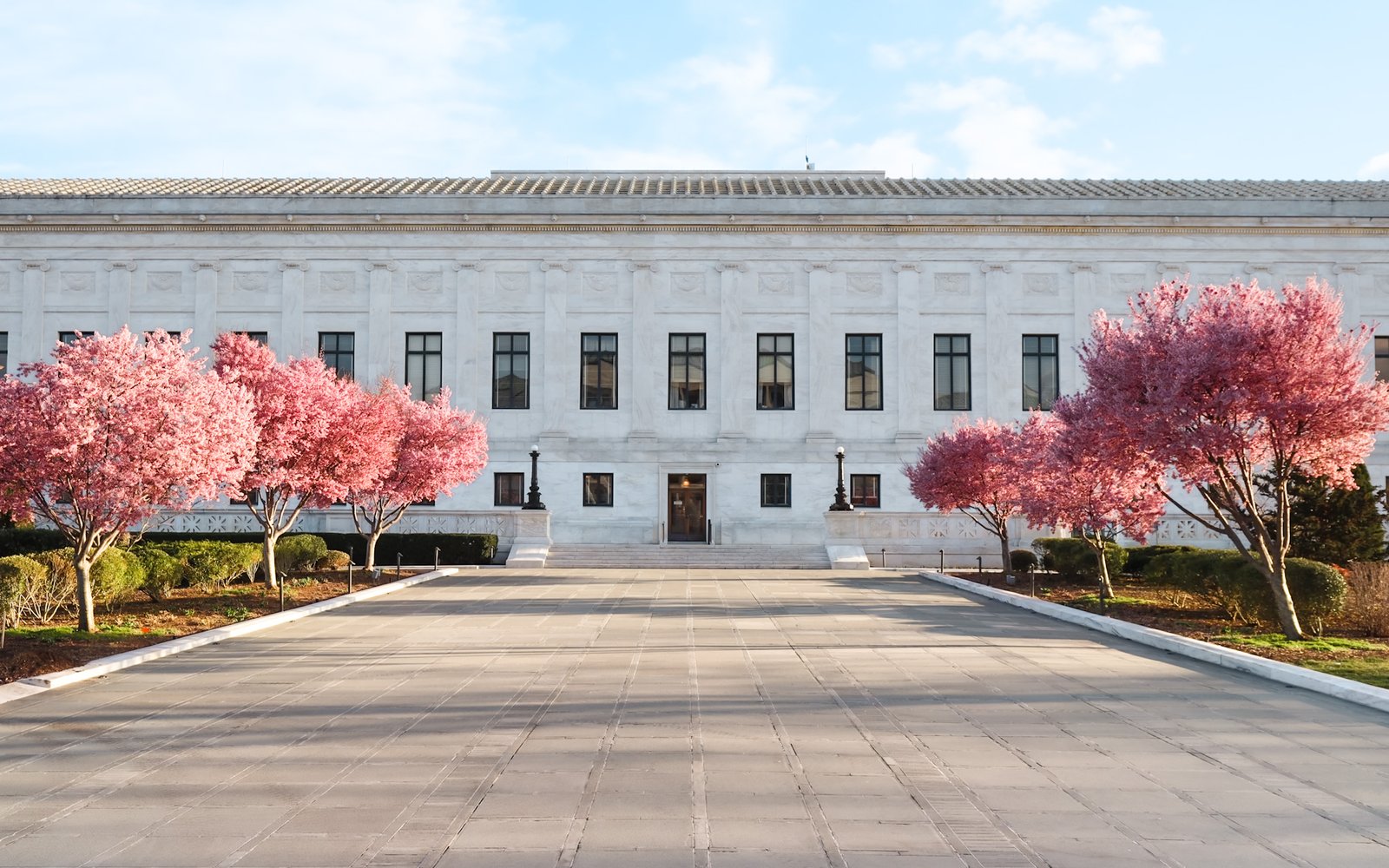
The Washington National Cathedral
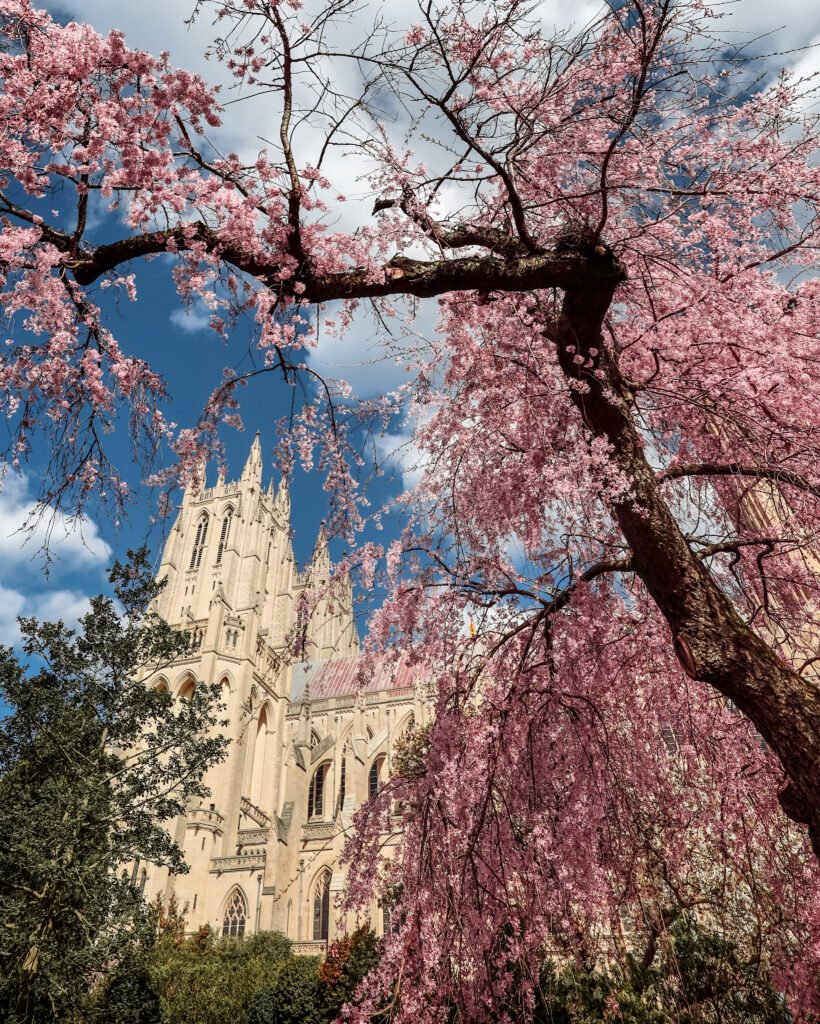
If you’re looking for a beautiful spot to photograph cherry blossoms away from Tidal Basin, the Washington National Cathedral provides a charming setting. Next to the Cathedral, the Bishops’ Garden offers a beautiful setting to photograph the blossoms.
Moongate Garden
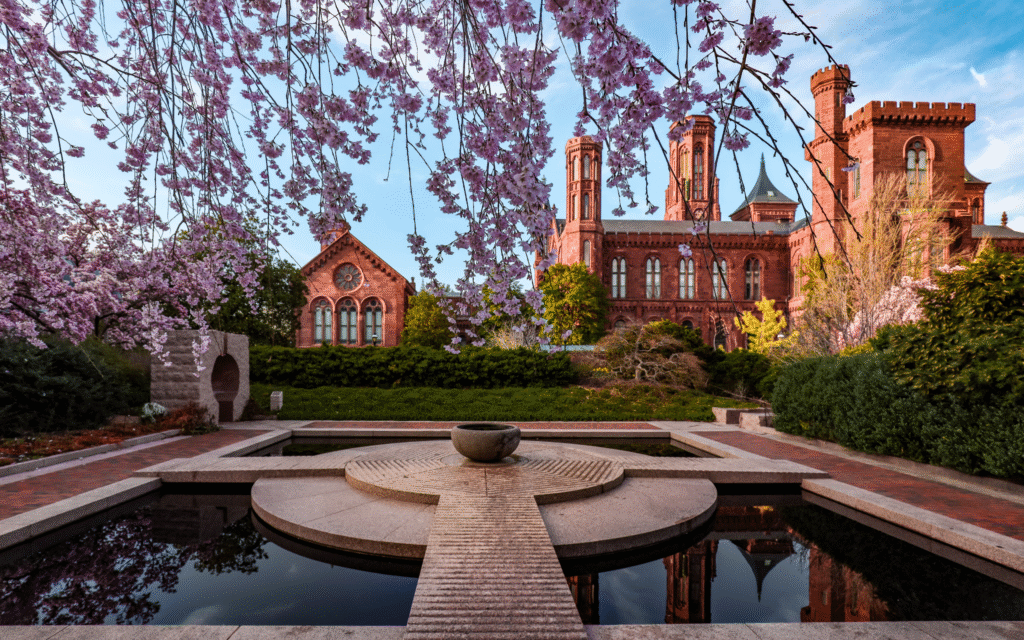
CityCenterDC
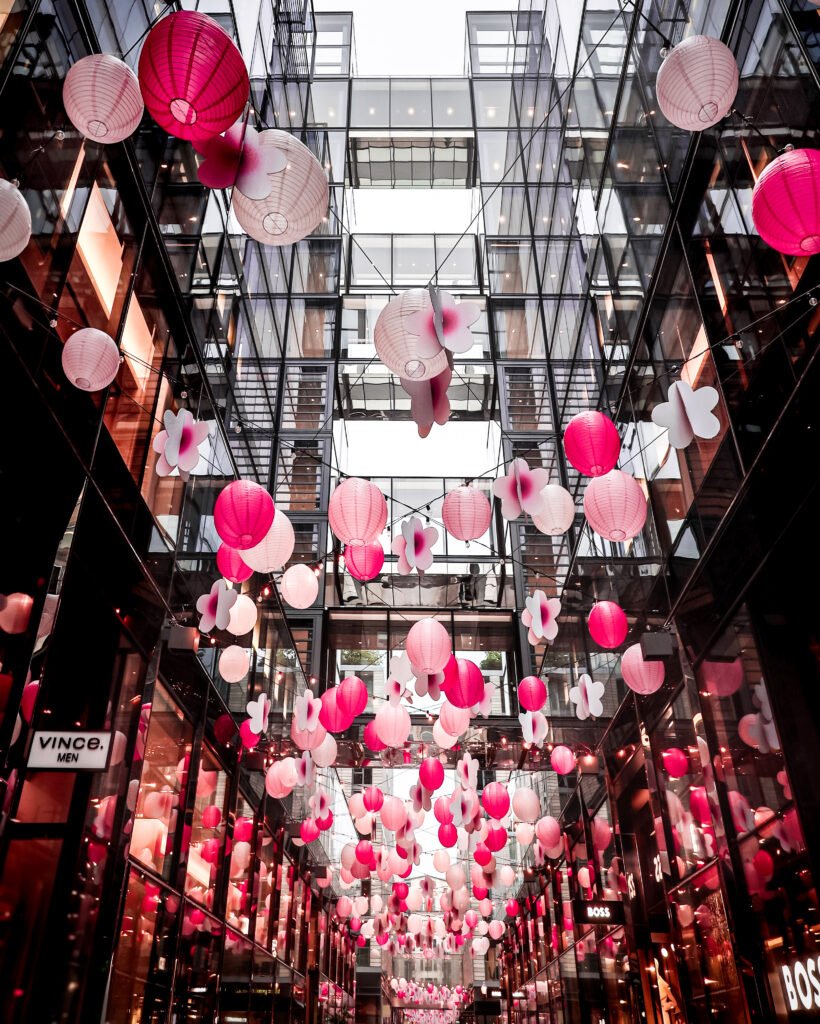
Long Bridge Park
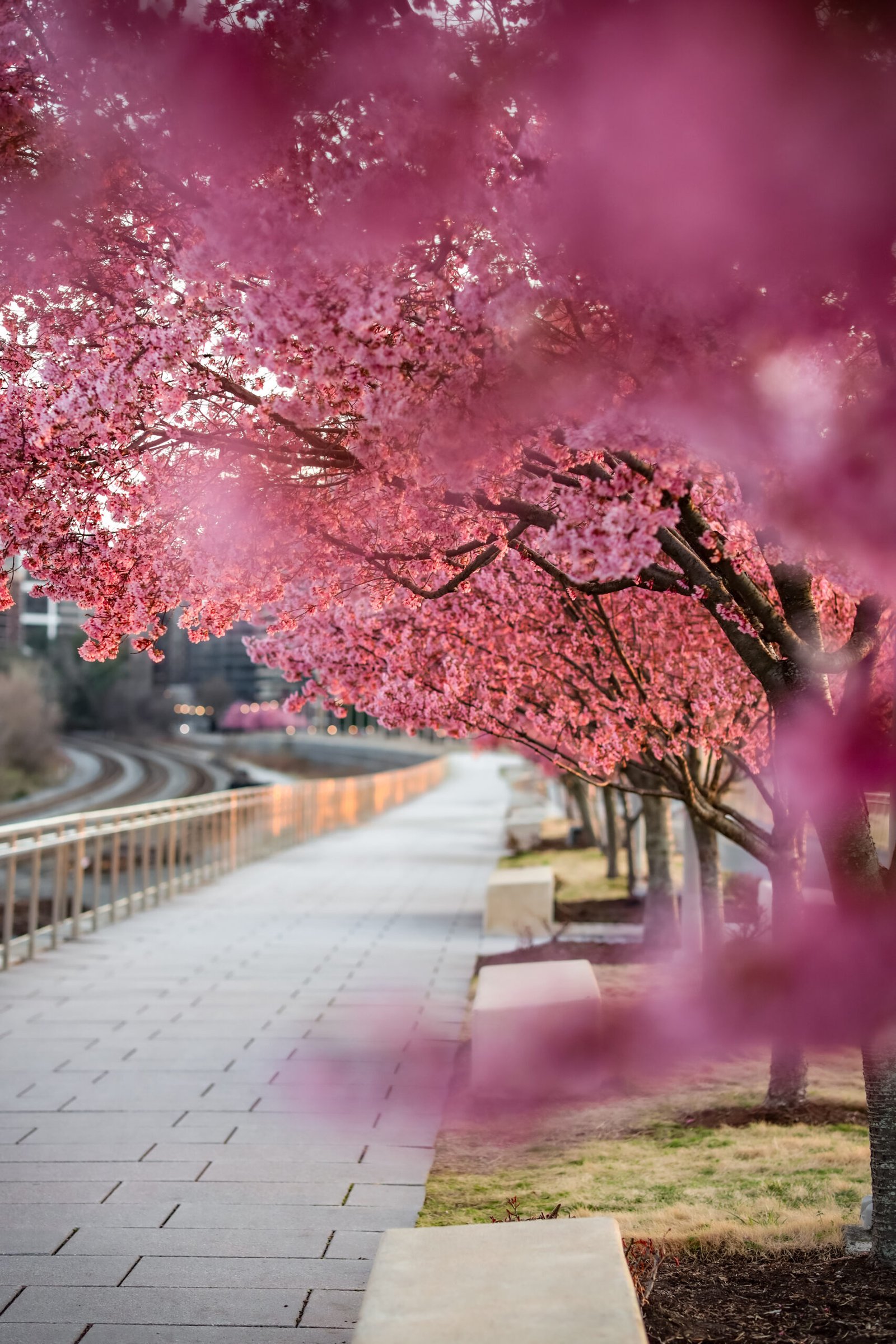
The National Council of Negro Women
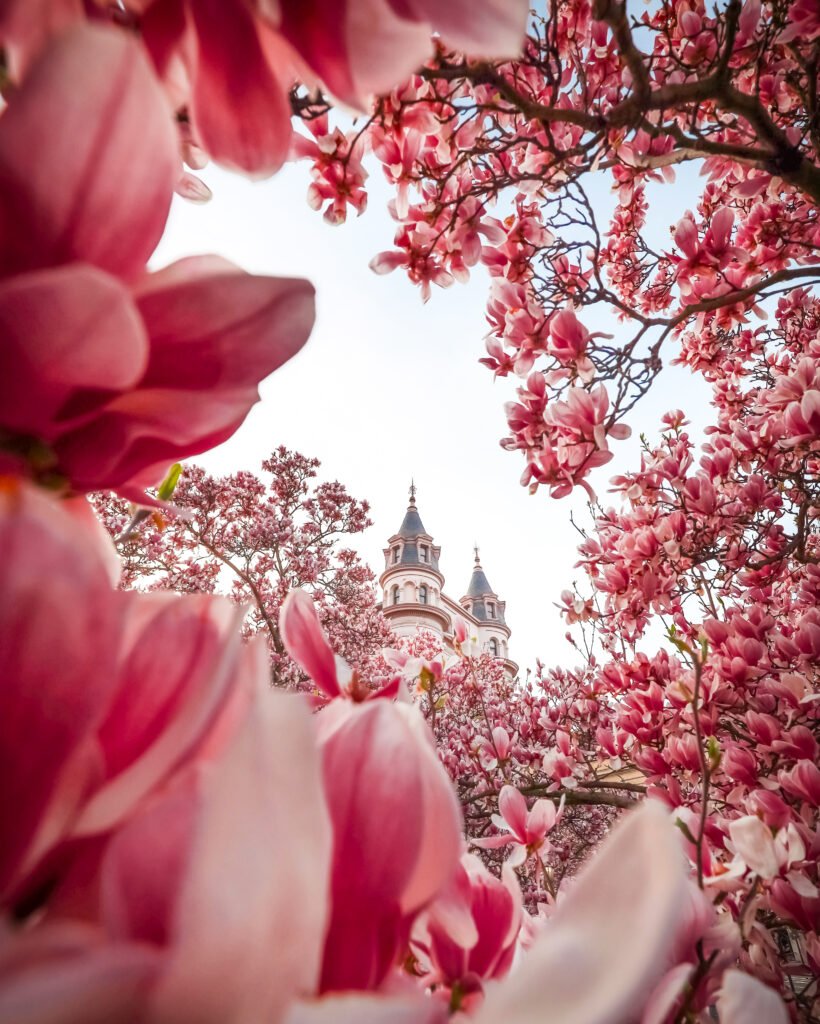
On Pennsylvania Avenue, the NCNW is the ideal spot to photograph the magnolias in bloom. The magnolias pair beautifully with the building’s pink exterior. You’ll also find pink swings here where you can sit back admire the views.
Smithsonian Castle and Enid A. Haupt Garden
I’ll be back for more. But for now, here’s a glimpse!



